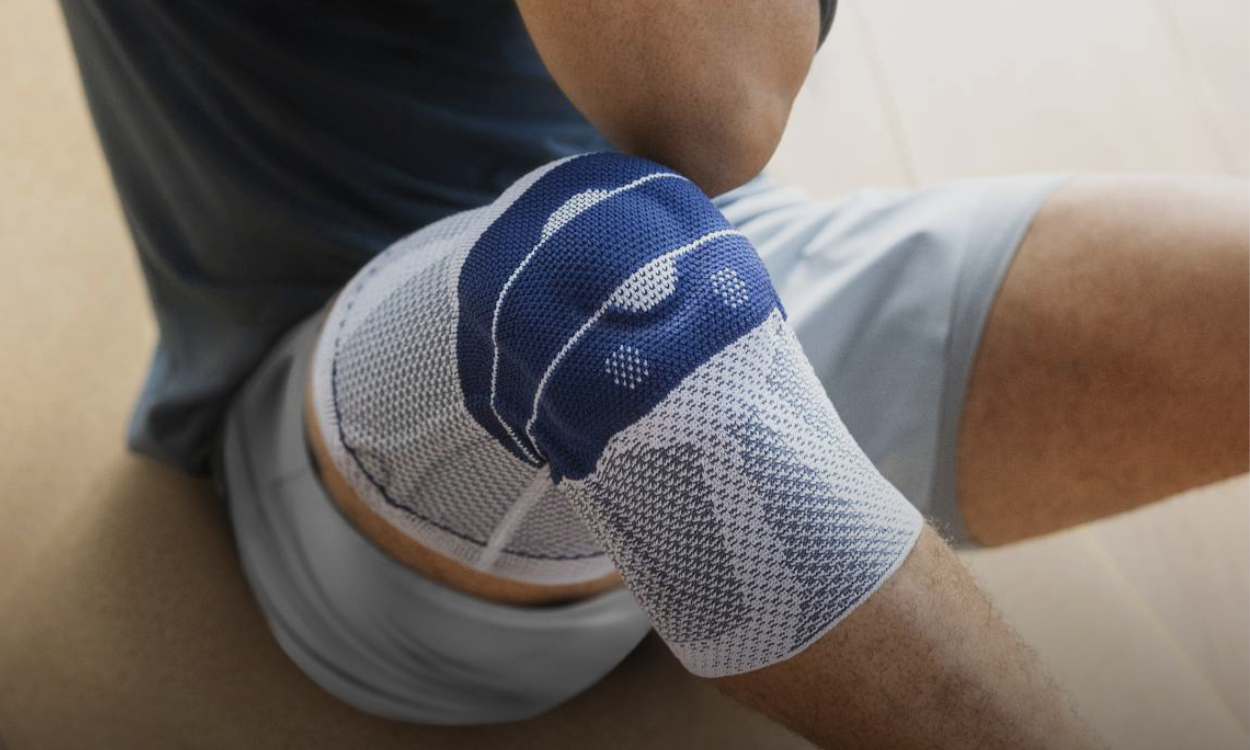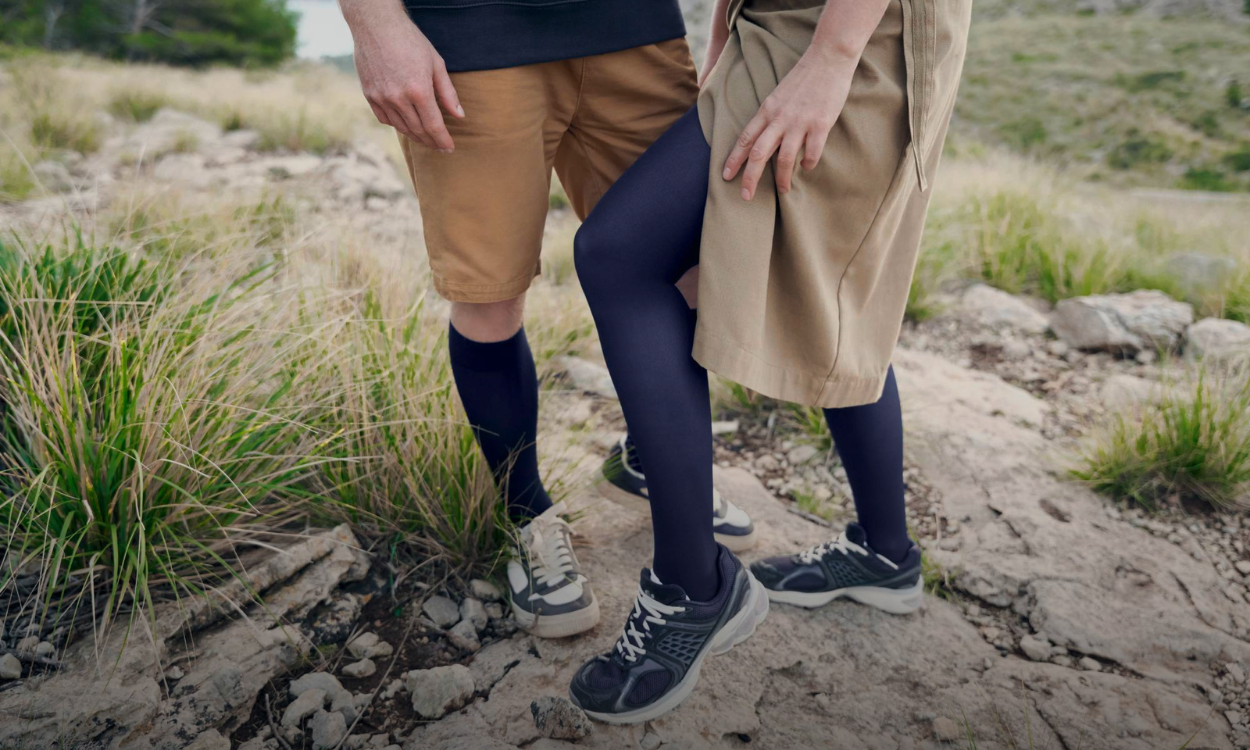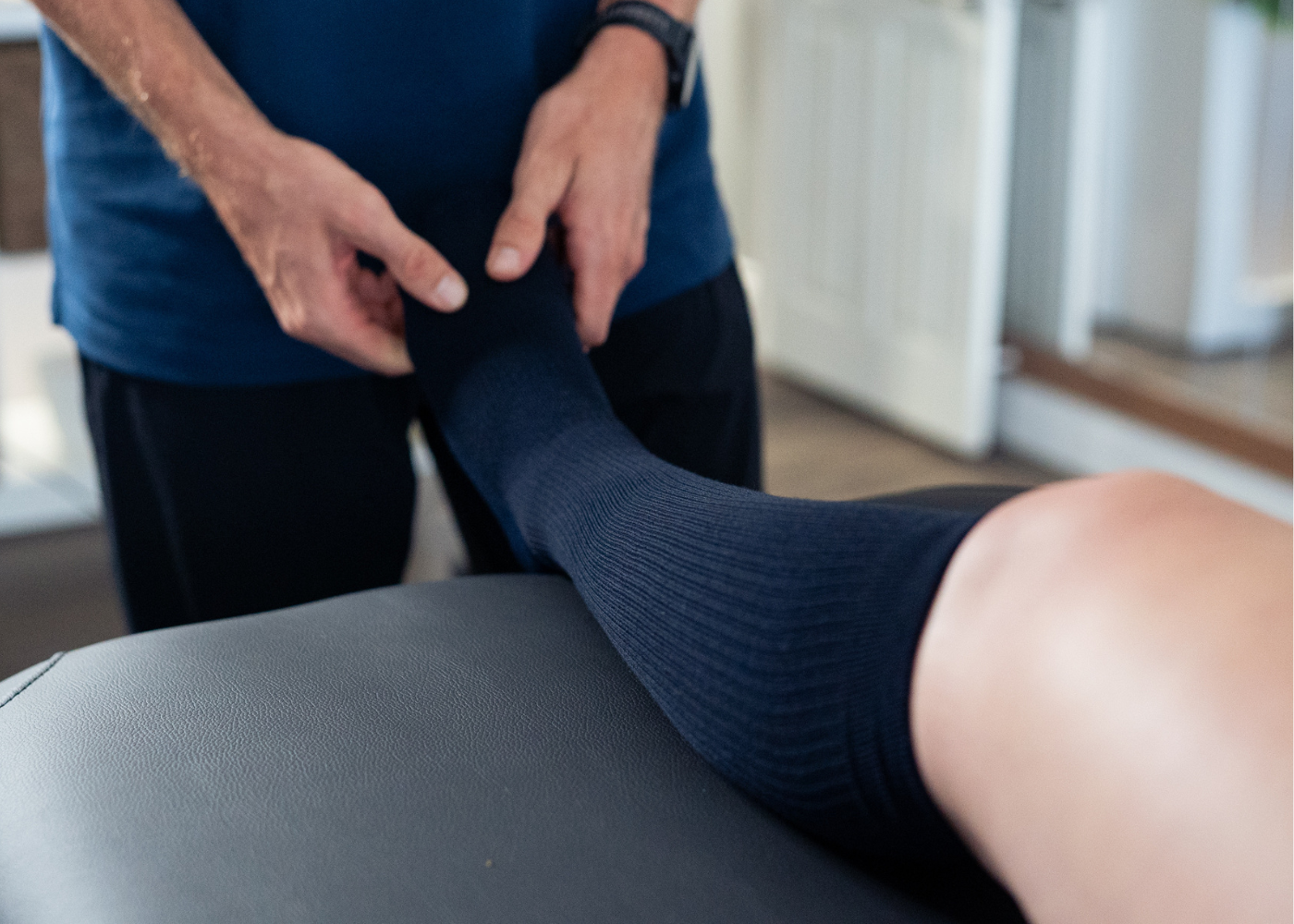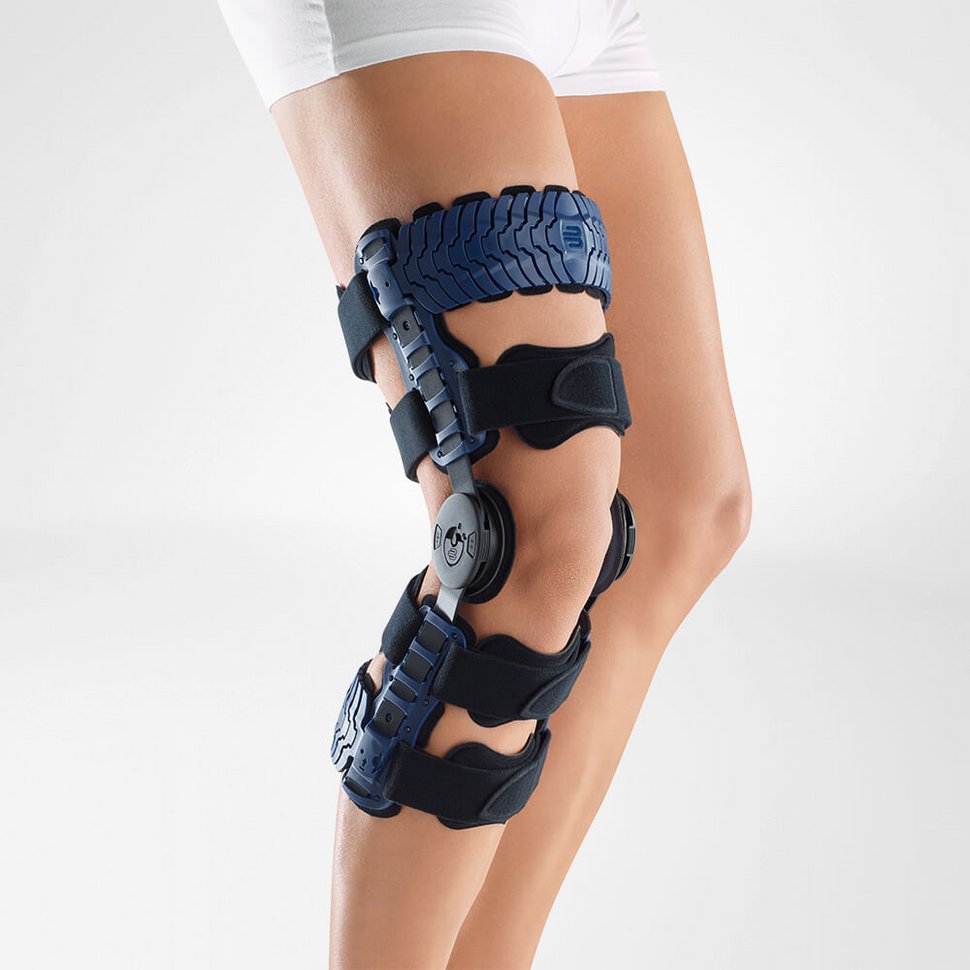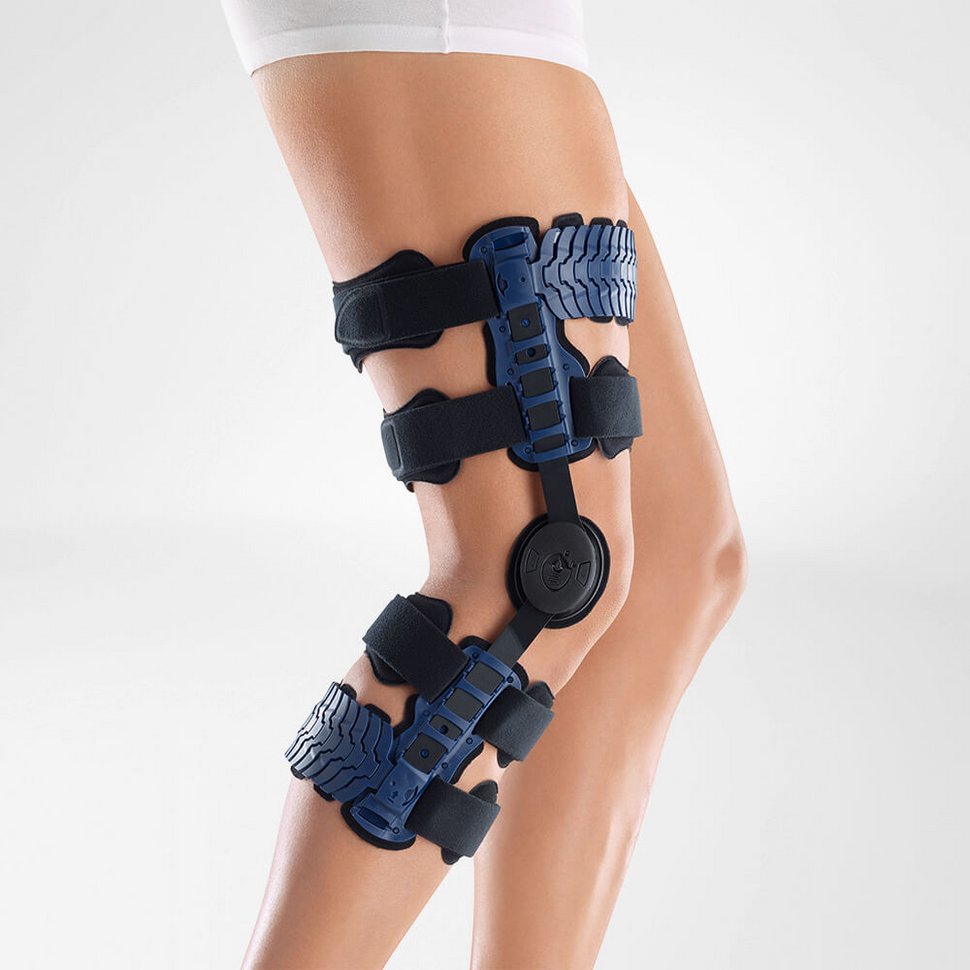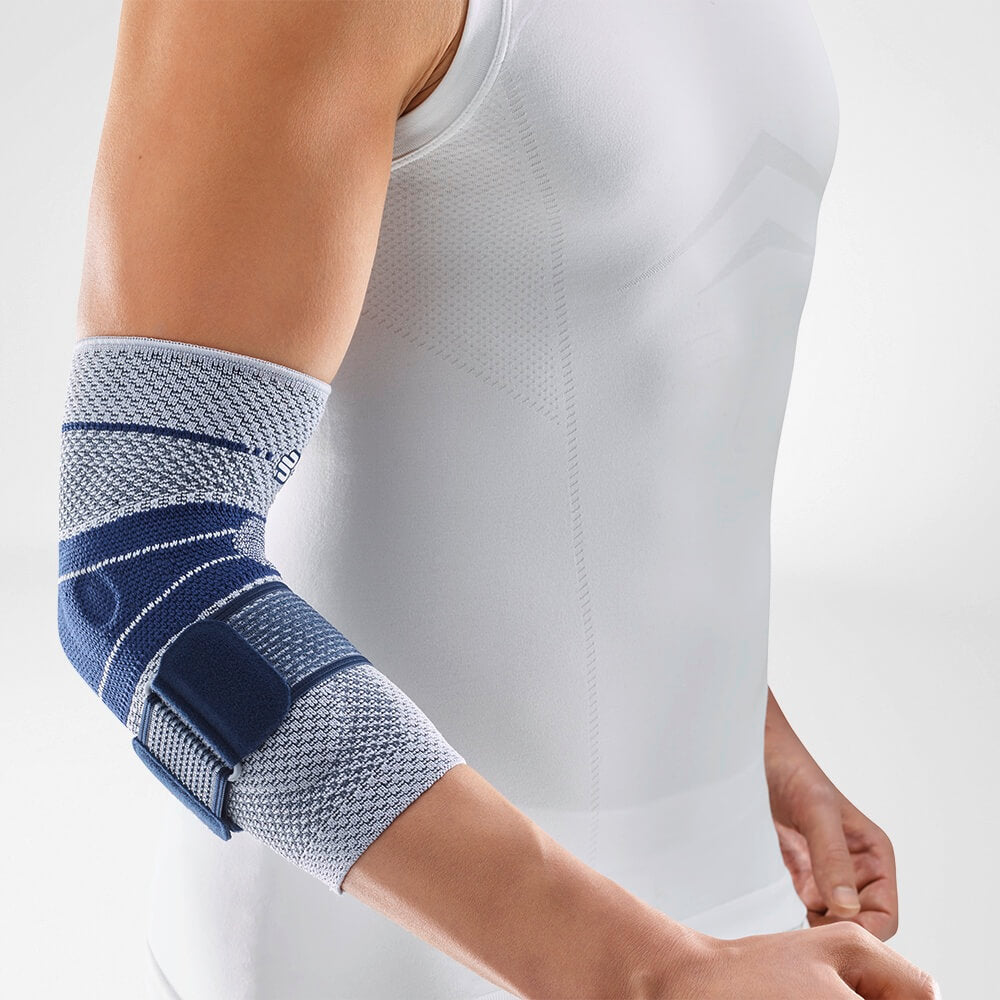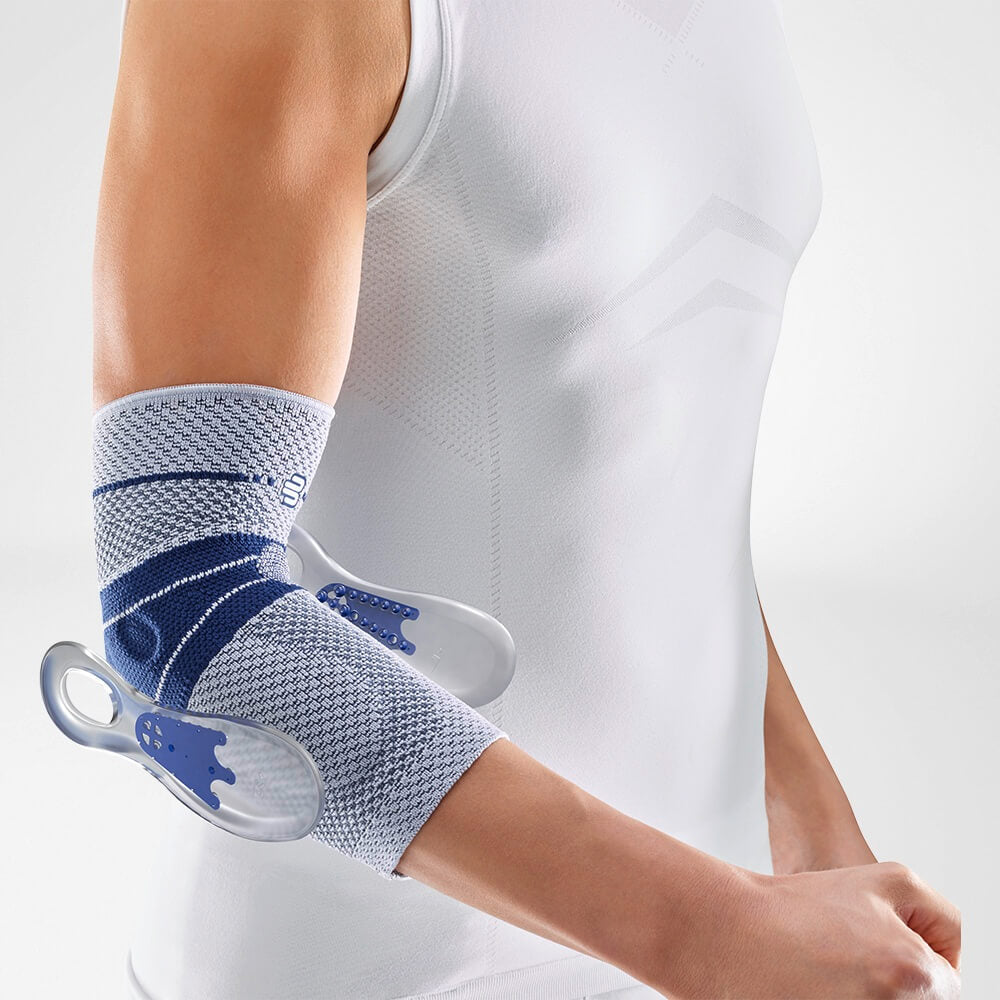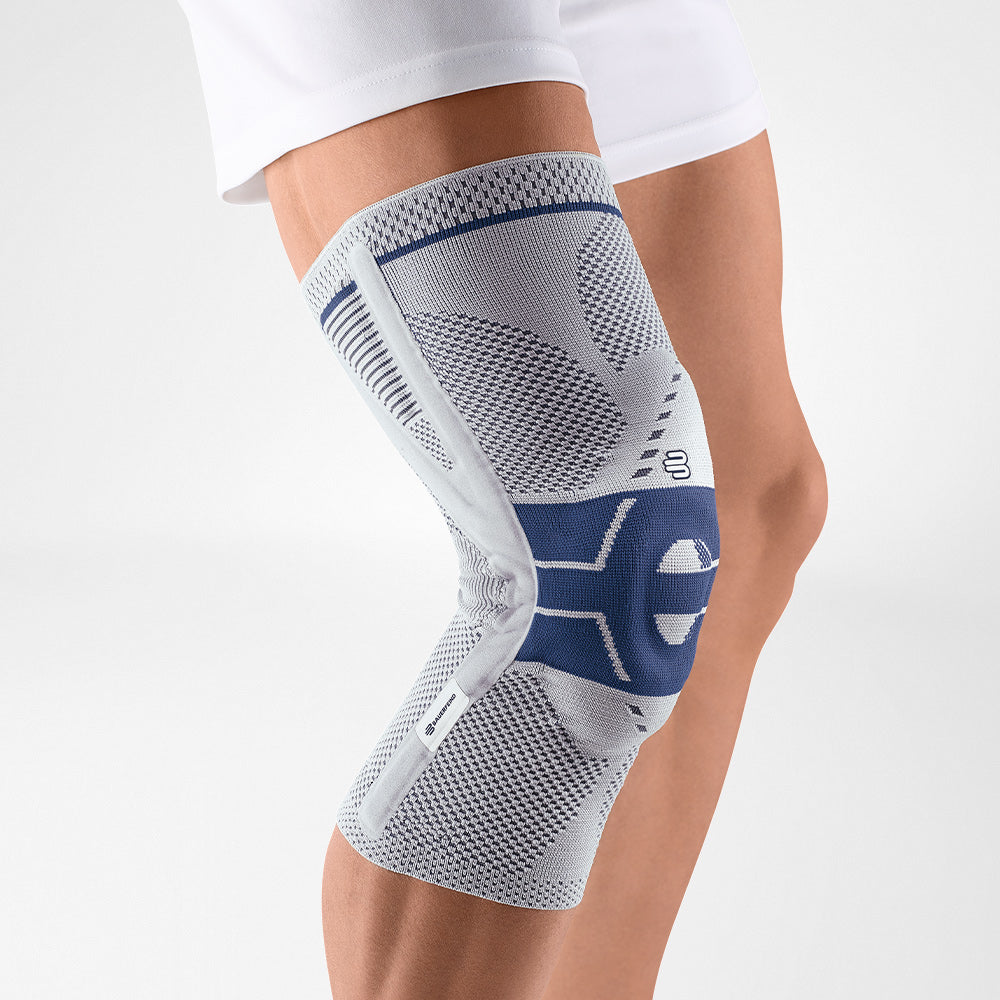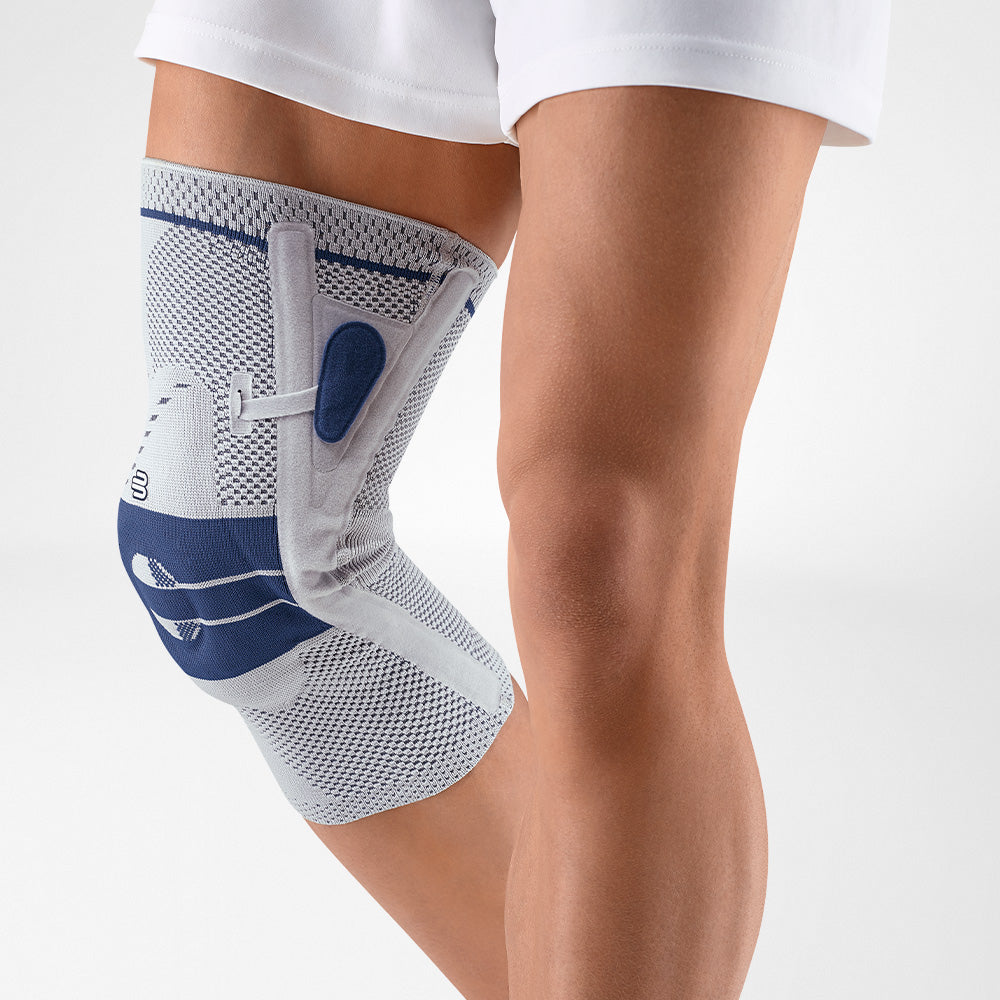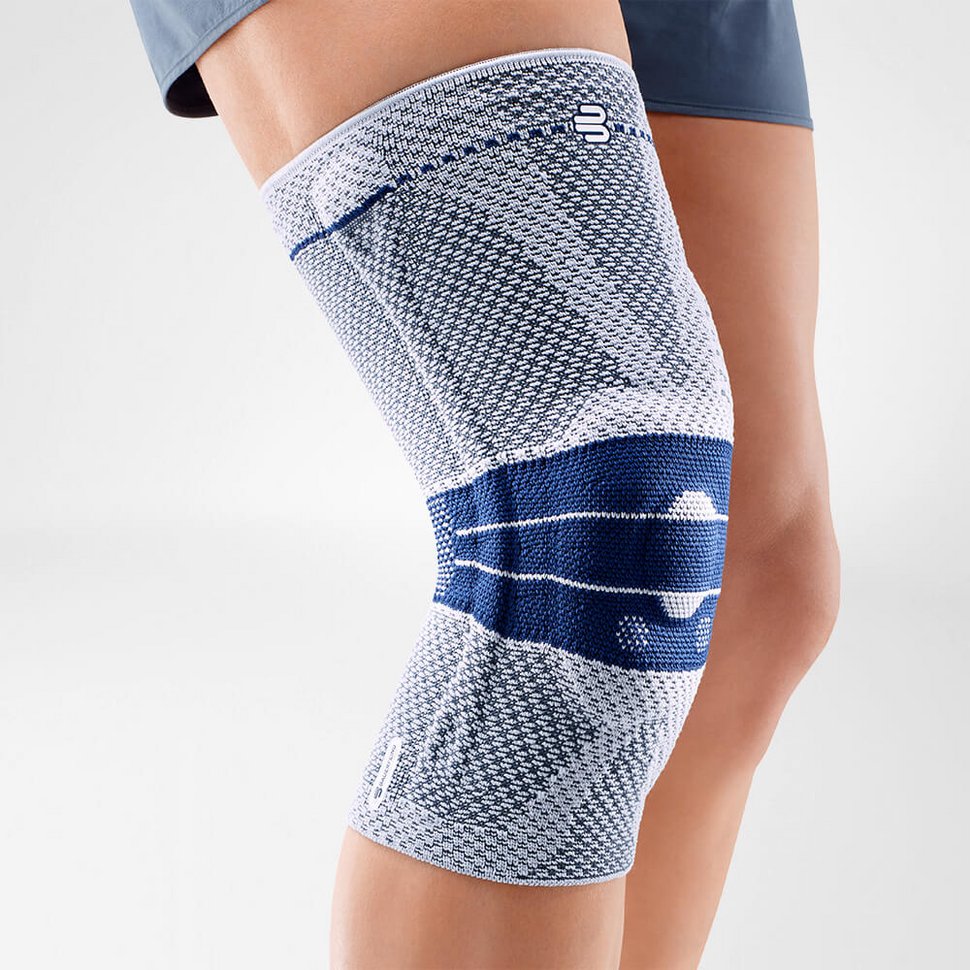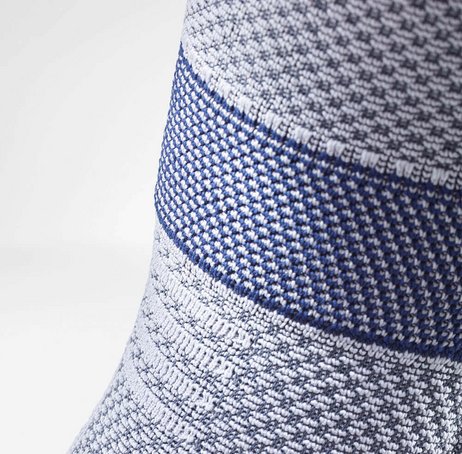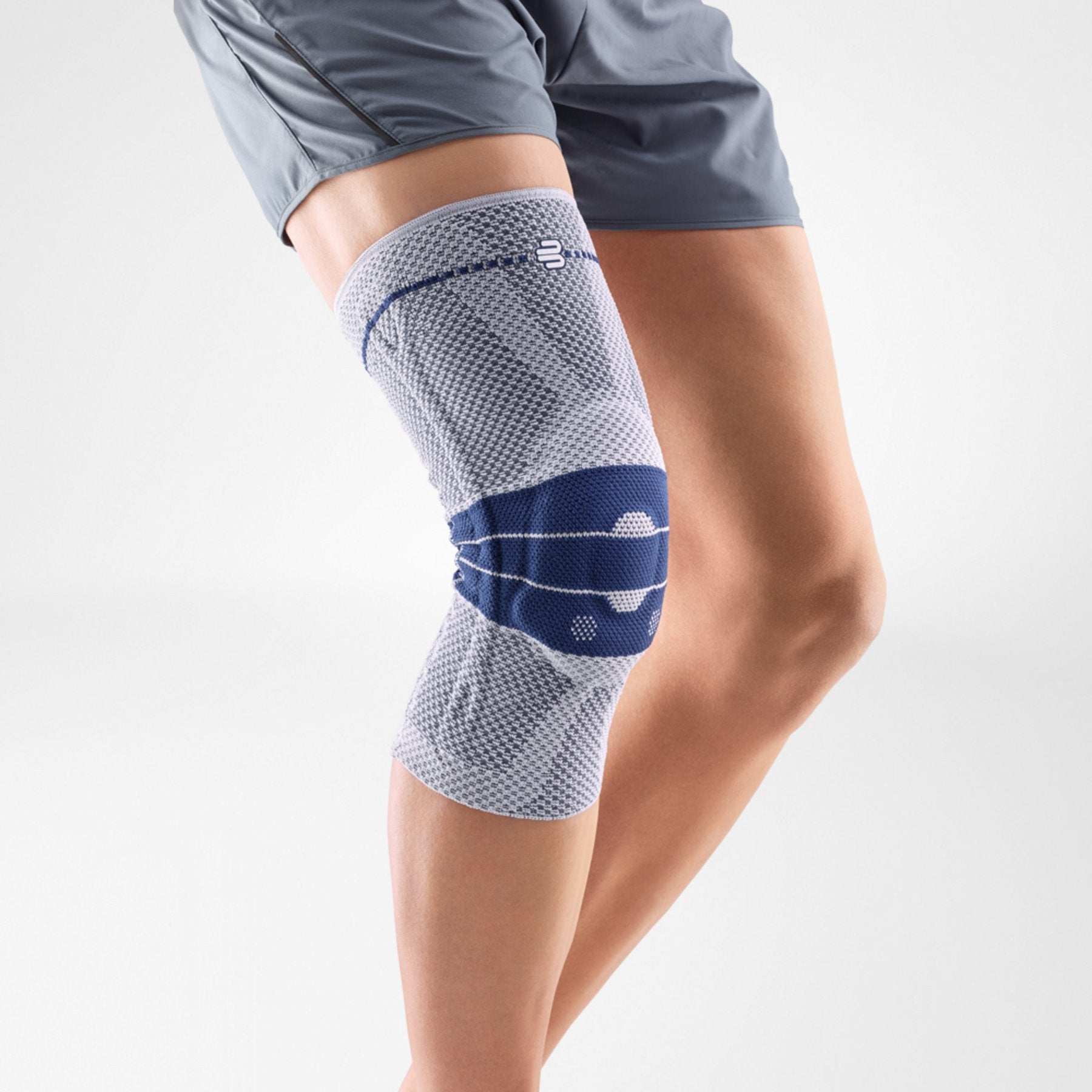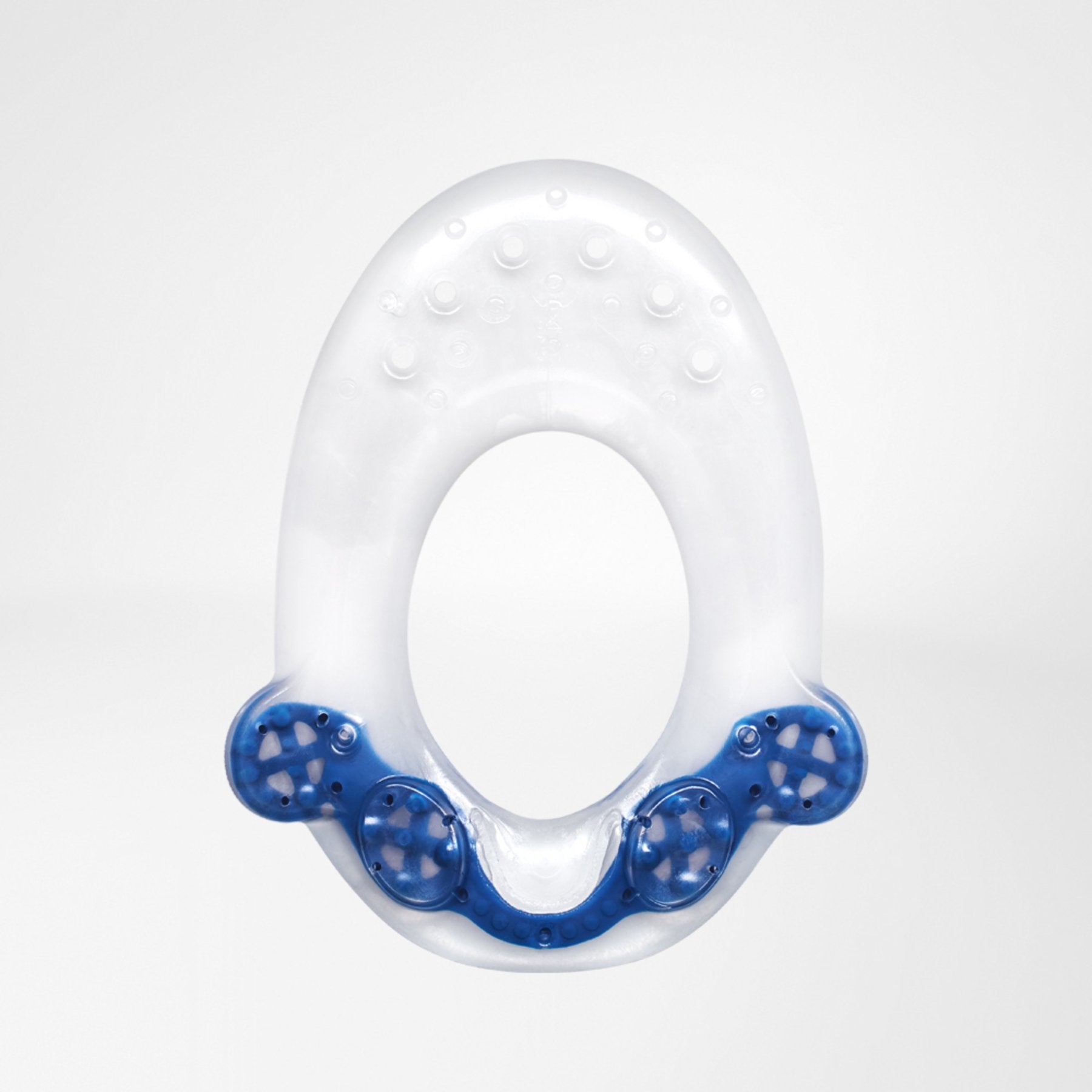In my ten years as a member of the Canadian National Beach Volleyball Team, compression garments were an integral part of my training and recovery.
Whether it be the use of lower limb compression at the end of the week to reduce fatigue, post activity to improve recovery and reduce muscle soreness following a work out or during long flights in order to improve venous return…. My Bauerfeind compression stockings were always close at hand no matter where I was in the world.
The benefits of using graduated compression socks has long been known by both the sporting population and medical community. They have long been used for comfort, to improve sport performance, to aid in recovery and to help prevent and reduce the symptoms of serious medical conditions. The positive effects of graduated compression have trickled down beyond the sporting and medical community. Now it is common to see people out for a walk, weekend warriors and desk job workers using graduated compression to improve a number of physiological factors.

Historically compression garments have been prescribed for the prevention and treatment of chronic venous insufficiency and deep vein thrombosis. Lower body compression garments, such as graduated compression stockings and leg sleeves were prescribed to patients in order to increase local blood flow, reduce blood pooling in the legs and increase venous return to the heart.1 Their use has now extended beyond the medical community and reached the highest end of sports, with some of the greatest athletes using compression garments during training, competition and recovery.
Let's break down what recent Systematic Reviews have to say about graduated/medical grade compression and sport performance.
What are Medical Compression Socks?

Unlike regular socks, medical grade compression socks apply pressure to the desired tissues in millimeters of mercury (mmHg), which is a unit of pressure. Compression socks typically deliver between 10-30 mmHg, which provides the benefits of compression while still being comfortable to wear.
Lower Limb graduated compression socks exert the greatest degree of compression at the ankle and the level of compression gradually decreases up the leg. This pressure gradient aids in blood flow return by promoting better venous return which improves metabolite removal from the exercising muscle, and reduces cardiac load.
What are the benefits of compression socks During/Post Exercise?
When it comes to exercise or athletic participation the primary reason for the use of compression stockings is likely the expectation of performance enhancement. This included expectations of:
- better venous return which hastens metabolic removal from the exercising muscle and reduced cardiovascular load 2
- improved proprioceptive feedback and better movement accuracy 2
- reduced muscle oscillation 2
- lower muscle damage 2
- reduction in inflation and soreness
However researchers have suggested that wearing compression stockings for sport may favor recovery rather than exercise performance. This is because venous return during activity is largely due to the muscle pump, respiratory pump and sympathetic vasoconstriction.
In contrast the wearing of compression garments are purported to improve resting venous return by providing compression to the underlying tissues.1
Some examples from the literature of improved hemodynamics with the use of lower limb compression (CS) at rest include:
- CS had a moderate effect of improving stroke volume at rest, as well as a large effects in increasing stroke volume after a physiological challenge
- CS has a large effect of reducing heart rate at rest, as well as a significant large effect on decreasing HR after a physiological challenge
- CS has a lover effect on diastolic blood pressure in the post physiological challenge group, then at rest. 1
This demonstrated that wearing compression stockings may have a positive effect on central hemodynamics especially after a physiological challenge by increasing stroke volume, decreasing heart rate and improve diastolic blood pressure.1

What does this mean?
Although there may be benefits to wearing lower limb compression during exercise, the primary driver in central hemodynamics are internal mechanisms. In contrast positive effects on central hemodynamics such as improved blood flow during/following activity can be attributed to lower limb compression. Using lower limb compression could therefore have a positive effect on an individual’s ability to recover from activity through the promotion of increased venous return.

Bauerfeind Compression Socks
Bauerfeind Medical Compression Socks provide targeted zone specific compression for your calf muscle decreasing in pressure from ankle to calf. They are designed to maximize breathability to moderate temperature and provide a moisture-regulating effect through breathable high-tech microfibre fabric.

Bauerfeind's compression socks provide additional support to the ankle and foot and improve comfort due to cushioning zones. Whether they are to be used during activity, for recovery or throughout the day, Bauerfeind has a wide variety of style to chose from ensuring optimal performance/recovery no matter what the environment.

Learn More about the Bauerfeind's Training Compression Sock here!

Learn More about the Bauerfeind's Performance Compression Sock here!
So to sum it all up...
Wearing below knee compression stockings during exercise has shown a positive improvement in performance in a small number of studies. Evidence is stronger for the use of compression stockings and their benefit on muscle fatigue indicators and muscle soreness immediately after and hours after an exercise bout, in lower muscle fatigue/muscle soreness and might prove helpful in preparing for subsequent sessions.2
Continued research is needed to evaluate the longer term effects of consistent compression use in an athletic population however at the current time there is support for the use of compression to improve performance/recovery for those under taking physiologically challenging activities.
Please consult your physician for personalized medical advice. Always seek the advice of a physician or other qualified healthcare provider with any questions regarding a medical condition.
_____________________________________________________________________
References:
- Lee D, Ali A, Sheridan S, Chan D, Wong, S. Wearing Compression Garment Enhances Central Hemodynamics? A Systematic Review and Meta-analysis. Journal of Strength and Conditioning Research. 2022 Aug 1;36(8):2349-2359.
- Mota G, Simim M, Santos I, Marocolo M. Effects of Wearing Compression Stockings onExercise Performance and Associated Indicators:A Systematic Review. Open Access Journal of Sports Medicine 2020:11 29–42

